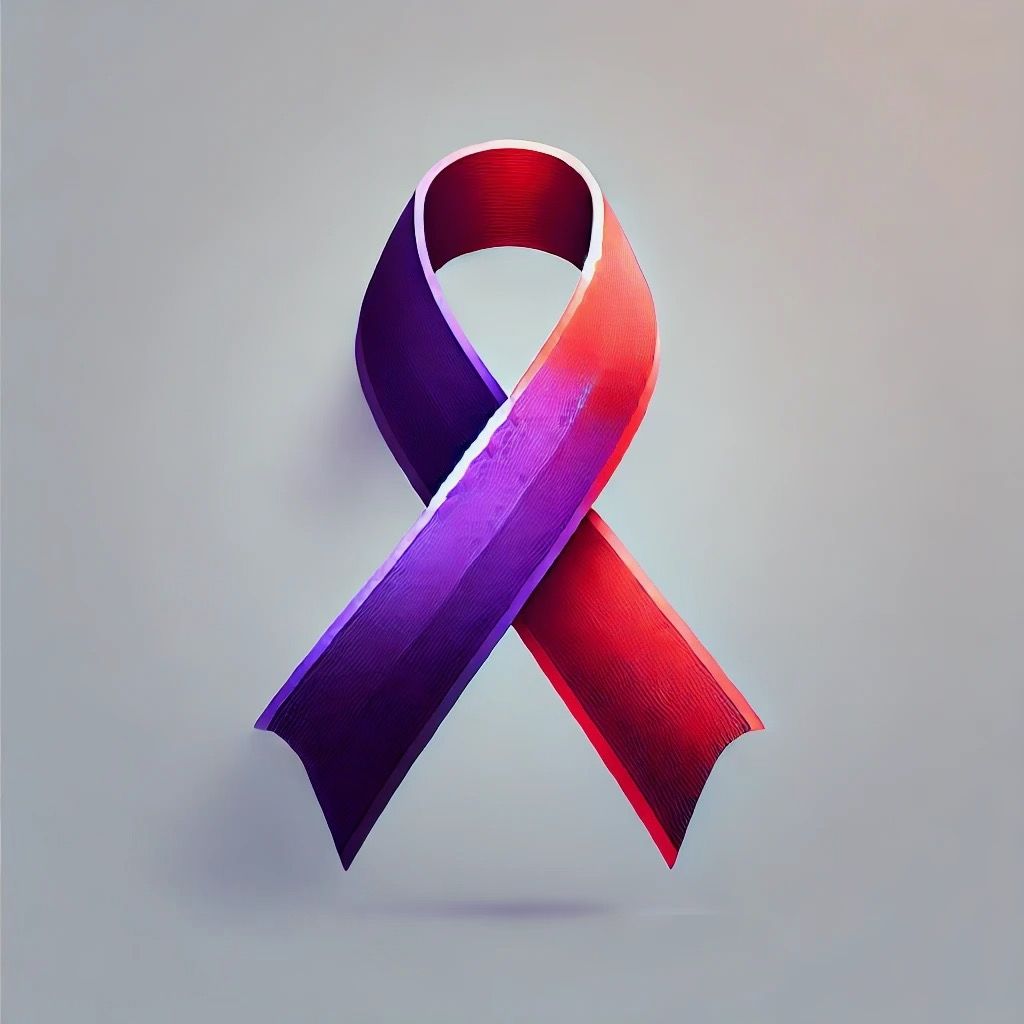The Origin Story
The Red Ribbon became a national symbol for drug prevention in 1985 after the murder of Enrique “Kiki” Camarena, a DEA agent who was kidnapped, tortured, and killed by drug traffickers in Mexico. Camarena had dedicated his career to fighting illegal drugs, and his death sparked outrage across the U.S.
To honor his sacrifice, members of his community in Calexico, California, began wearing red ribbons as a symbol of their commitment to a drug-free lifestyle. This movement grew, and in 1988, the National Family Partnership (NFP) established Red Ribbon Week, now the largest drug prevention campaign in the U.S., observed every October 23-31.

Common Drugs
1 user
5 users
Up to 20 downloads
Auto update mode
Online operator 24/7
Unlimited devices
Chat, phone & email support
Opioids
• Morphine
• Heroin
• Oxycodone (OxyContin, Percocet)
• Hydrocodone (Vicodin, Norco)
• Fentanyl
• Codeine
• Methadone
• Buprenorphine
• Tramadol
• Hydromorphone (Dilaudid)
• Opium
• Carfentanil
Opioids are powerful pain-relieving drugs that work by binding to opioid receptors in the brain and spinal cord. They slow down the central nervous system, reducing the perception of pain while also creating a sense of euphoria and relaxation. While this makes them effective for medical use, opioids can also lead to drowsiness, confusion, nausea, and respiratory depression, which can be fatal in high doses. Long-term use often results in physical dependence and addiction, with withdrawal symptoms that include muscle pain, anxiety, sweating, and intense cravings. Opioids also impair cognitive function, slowing reaction time and decision-making, which increases the risk of accidents and overdoses.
Stimulants
• Caffeine
• Nicotine
• Amphetamines (Adderall, Dexedrine)
• Methamphetamine
• Cocaine
• MDMA (Ecstasy, Molly)
• Khat
• Synthetic Cathinones (Bath Salts)
• Methylphenidate (Ritalin, Concerta)
• Ephedrine
• Modafinil
Stimulants increase activity in the brain and nervous system, leading to heightened energy, alertness, and a sense of euphoria. These drugs speed up heart rate and breathing, raise blood pressure, and enhance focus and motivation. However, excessive use can cause anxiety, paranoia, restlessness, and even hallucinations. Stimulants also put immense strain on the cardiovascular system, increasing the risk of heart attacks, strokes, and high blood pressure. Over time, they can lead to dependence, with withdrawal symptoms including fatigue, depression, and difficulty concentrating.
Depressants
• Alcohol
• Barbiturates (Phenobarbital, Secobarbital, Amobarbital)
• Benzodiazepines (Xanax, Valium, Klonopin, Ativan)
• GHB
• Z-Drugs (Ambien, Lunesta, Sonata)
• Meprobamate
Depressants slow down brain function and nervous system activity, producing calming effects that help with anxiety, sleep disorders, and muscle relaxation. They lower heart rate and breathing while inducing drowsiness and relaxation. While this can be therapeutic in controlled doses, excessive use can cause confusion, impaired coordination, memory loss, and slowed reflexes. In high doses, depressants can lead to unconsciousness, respiratory failure, and overdose. Long-term use increases the risk of dependence and withdrawal symptoms, including seizures, agitation, and life-threatening complications.
Hallucinogens
• LSD
• Psilocybin (Magic Mushrooms)
• Mescaline (Peyote)
• DMT
• Salvia divinorum
• Ketamine
• PCP
• DXM (Dextromethorphan)
• 2C-B
• Ayahuasca
Hallucinogens alter perception, mood, and thought processes by disrupting communication between brain regions. These substances can cause intense visual and auditory hallucinations, distort time and reality, and heighten emotions. While some users report spiritual or introspective experiences, hallucinogens can also lead to paranoia, panic attacks, and psychosis. Physically, they can cause increased heart rate, nausea, and loss of coordination. Since they affect serotonin levels in the brain, repeated use may contribute to long-term mood disorders or flashbacks known as hallucinogen-persisting perception disorder (HPPD).
At Jayla’s Voice: Echoes of Addiction, we believe that drug prevention and addiction recovery are deeply connected. The red ribbon, long recognized as a symbol of drug prevention and awareness, represents the importance of educating and empowering individuals to make healthy choices. The purple ribbon, a symbol of overdose awareness and recovery, honors those who have struggled with addiction, those in recovery, and the lives lost to overdose.
By merging these two ribbons, we acknowledge a full-spectrum approach to substance use—one that starts with prevention and education but also extends to compassion, harm reduction, and support for those in recovery. Addiction does not discriminate, and neither should our efforts to address it.
4.

This blended ribbon represents our mission:
1.
To educate and prevent—giving individuals the tools and knowledge to make informed choices.
2.
To support and uplift—helping those who are struggling find hope and a path forward.
3.
To remember and honor—ensuring that those lost to overdose are never forgotten and that their stories inspire change.
At Jayla’s Voice, we stand at the crossroads of prevention and recovery, offering a place where education meets empathy, and action meets healing. Because every voice matters, and every life is worth fighting for.